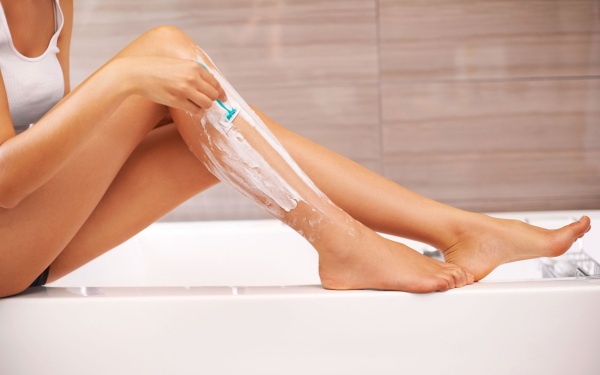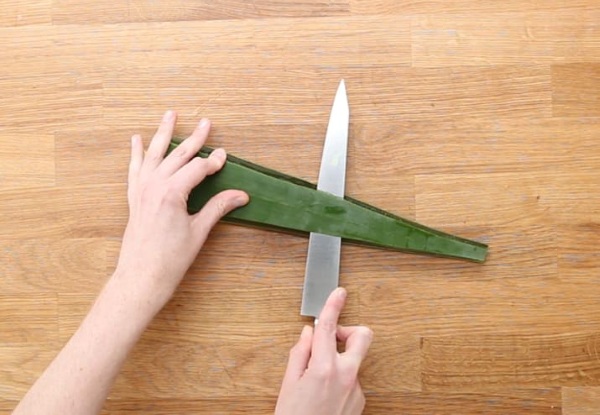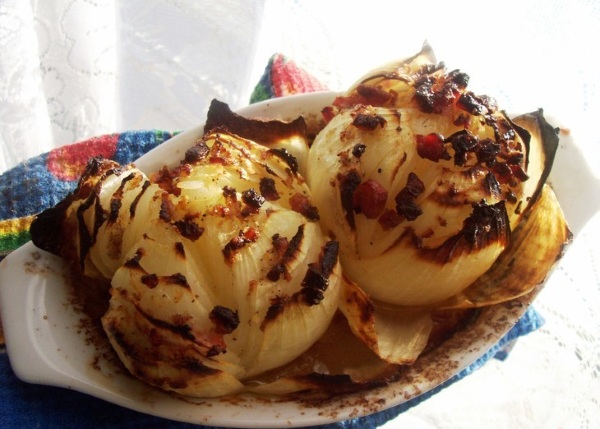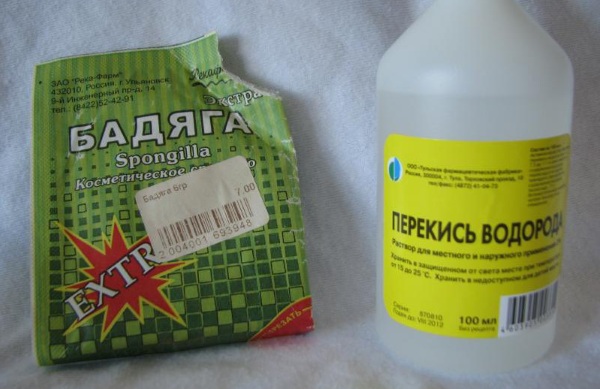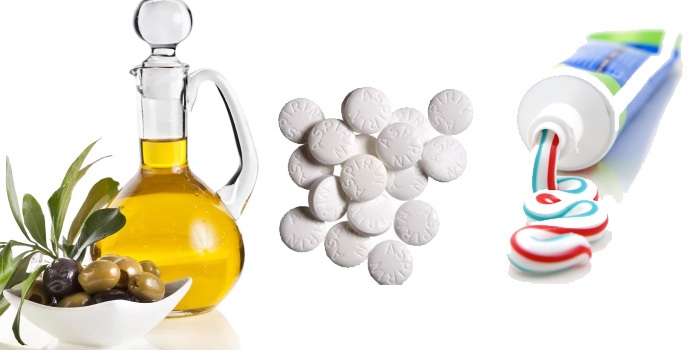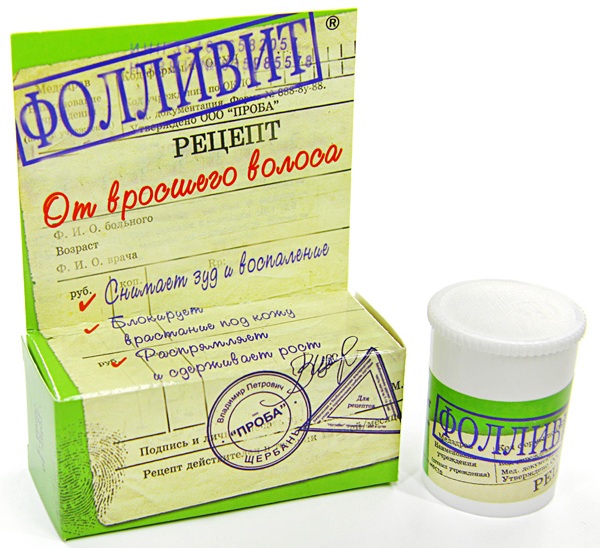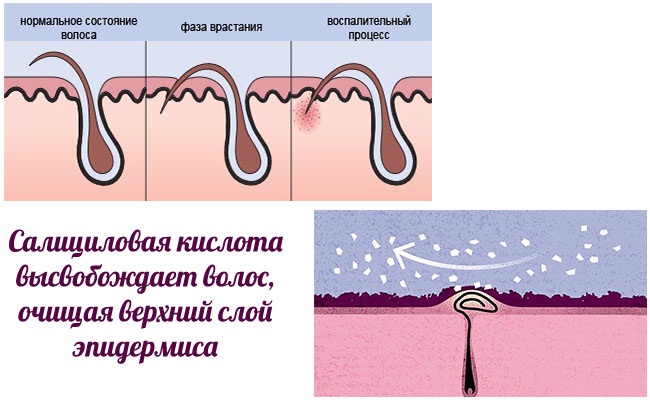The problem of ingrown hairs on the legs is especially relevant for the fair sex. Moreover, in the winter season, many women do not notice her. And with the onset of warmth, when you can put on a skirt, it appears. If ingrown hairs appear on your legs, it will not be difficult to get rid of them, following simple recommendations.
What causes hair to grow in?
The reasons for this unpleasant phenomenon are different: from hormonal imbalance to the wrong methods of hair removal.
Reasons why leg hair grows in: | |
| Wearing clothes made from unnatural materials. | When a person wears synthetic clothing, there is pressure and friction on the skin. Due to mechanical action, the epidermis is compacted, and the mouths of the hair follicles are closed with keratinized hair scales. Because of this, hair grows in more often. |
| Hormonal imbalance. | With an imbalance of hormones, hair grows during the period of gestation, menstruation, puberty, in the presence of endocrinological diseases. |
| Individual predisposition. | The hair growth program is genetically set in different people. And if there is an individual predisposition, you can only reduce the problem to a minimum, and not completely eliminate it. |
| Improper depilation and other hair removal procedures. | When carrying out such manipulations, the hairs are damaged, and the ingrowth process occurs. |
In case of imbalance of hormones, it is recommended to consult a specialist before carrying out the procedure. It may be necessary to use hormonal therapy to fix the problem.
Causes of ingrown hair after epilation, shugaring, shaving
Ingrown hairs on the legs, which are sometimes difficult to get rid of, often appear after shaving, shugaring and epilation procedures. This problem especially concerns people who carry out manipulations to remove the house without contacting a specialist.
According to cosmetologists, hair ingrowth depends on how dense the epidermal layer is and on the number of layers of its scales. If there are many layers of the epidermis on the surface, the skin thickens, and the newly growing thin hair hardly breaks through the protective layer. Growth then occurs horizontally, not vertically.
People with coarse, dark colored hairs are more likely to experience ingrown hairs.
This is because, unlike blonde hair, it grows faster. And if the skin is dense with a dark shade, it will not work to prevent ingrowth.

If, in the process of improper epilation or shugaring, the hair canal was damaged or its injury occurred below the level of the epidermis, after a while ingrown hairs will appear.
Their formation is associated with the appearance of a very small scar in the hair canal.To avoid the problem, such procedures are recommended to be performed by qualified technicians.
Shaving hair with a non-sharp blade against hair growth also provokes the development of the problem. Therefore, the hair on the legs is shaved according to the growth of the hair with an exceptionally sharp instrument.
First symptoms
Signs of ingrown hairs are easy to spot.
This unpleasant phenomenon is accompanied by:
- soreness;
- itchy skin;
- redness of the skin.
Occasionally, local inflammation may develop, resulting in bright red bumps on the skin.
Curly hair is often visible under the skin. If hair has been shaved recently, seals with purulent contents and non-inflamed bumps may develop.
Already after 10 days, serious seals appear, the state of which changes as it grows deeper inside. In places where hair is ingrown, milia sometimes develop - white rashes.
Some people notice acne-like breakouts after shaving. Small blood vessels dilate and fill with blood, resulting in redness. In the place where the hair has grown, an abscess and abscesses develop, which are most often caused by a staphylococcal infection.
What should you do at the first sign?
When the first signs of ingrown hair appear, especially if the process of suppuration is underway, you need to consult a specialist. The doctor will conduct a visual examination and prescribe the appropriate treatment. If the process of suppuration has begun, it is possible to carry out antibiotic therapy.
If there is no suppuration, perform the following actions:
- The inflamed area should be disinfected with an antiseptic and applied with a wet compress. Chlorhexedin, Miramistin, calendula alcohol tincture are ideal for disinfection.
- Then the instrument is disinfected with which the hair will be pulled (tweezers, needle).
- The ingrown hair is picked up with a sterile needle and pulled out with tweezers.
- The ingrowth site is again treated with a disinfectant.
Other therapeutic measures include:
- Steaming process (after it, ingrown hairs come out more easily to the surface). While taking a shower, the affected area can be rubbed with a non-coarse washcloth, without pressing hard. This will remove dead skin. After the bath, a cream with a moisturizing effect is applied to the feet. This method is suitable for people who do not have symptoms of inflammation and if the hairs are not deep under the skin.
- Scrubbing (carried out if the steaming process did not solve the problem). This procedure helps to remove ingrown hairs and at the same time is a preventive measure.
- Extrusion carried out in the presence of pus around ingrown hairs. At home, this cannot be done, since there is a risk of injury to the follicle and the development of even greater inflammation. The procedure must be carried out by a qualified cosmetologist.
What shouldn't you do?
Ingrown hairs on the legs, which need to get rid of urgently, should not be picked out with non-disinfected hands. An infection can join the inflammatory process, the treatment of which will be carried out in a hospital setting. In addition, scars and pigmentation can remain on the skin, which look ugly from an aesthetic point of view.
You should definitely not try to remove hairs by repeated depilation, sugaring or shaving. The inflammation will only intensify, and positive results will not be achieved.
The scrubbing procedure is not recommended to be carried out without "fixing" peeling. Without fail, after the performed manipulations, a moisturizing cream is applied to the skin. You cannot peel without using a moisturizer, as irritation may develop at the ingrowth site, which will lead to a repeated process.

 Don't miss the most popular column article: Morning exercises for those over 40, 50. Gymnastics exercises for weight loss, video tutorials.
Don't miss the most popular column article: Morning exercises for those over 40, 50. Gymnastics exercises for weight loss, video tutorials.How to get rid of ingrown hair on your legs at home: recipes for folk remedies
Ingrown hairs on the legs, which you can get rid of at home, are removed with the help of improvised means that every woman has in the arsenal.
- Common table salt will help expand pores, pull hair outward and reduce inflammation.
What is necessary:
- 30 g of salt;
- 180 ml hot water.
The salt is dissolved in water and the bandage is moistened in it. The compress is applied to the damaged area.
- Aloe has anti-inflammatory and wound-healing properties. A large leaf of the plant is cut off and washed in clean water. It is crushed into a gruel, applied to the ingrown hair and a sterile bandage is put on the leg. The procedure is carried out daily, changing the bandages. The treatment process is carried out until the abscesses and inflammation disappear.
- If the inflammatory lesions after ingrowth of the nail are strong, it is recommended to make a medical powder.
What is necessary:
- dried incense;
- dried aloe leaves;
- dried rose petals.
Plants are ground into powder and mixed together. The powder is applied to clean skin of the feet on the affected areas. The procedure is carried out up to 4 times a day.
An ordinary onion perfectly relieves inflammation. It is cut into two parts and one of the halves is applied to the lesion. Use a sterile bandage to rewind the leg. After four hours, replace the used onion with a new one. The treatment process continues until the inflammation disappears.
- Homemade ointment based on baked onions and honey is effective against ingrown hairs.
What is necessary:
- 20 g of honey;
- 5 g flour;
- baked onion - 1 pc.
All ingredients are mixed and rubbed well to form an ointment. The mixture is applied in a thin layer to the affected areas on the legs. It is recommended to carry out the procedure at least 3 times a day.
- Well removes foci of inflammation ointment based on laundry soap and baked onions.
What is necessary:
- 1/3 part of a bar of laundry soap;
- small baked onions.
Laundry soap is rubbed on a fine grater. The onion is baked until soft and chopped into a gruel. The ingredients are mixed together. The product is applied to the ingrown hair. Manipulations are performed up to 5 times a day.
- A mixture based on oils and flax decoction has a healing effect.
What is necessary:
- 1 part almond oil
- 1 part olive oil
- 2 parts flax seed broth;
- 2 parts aloe juice.
All components are well mixed with each other and applied to gauze. A compress is applied to the sore spot and fixed with a bandage. The compress is left for the whole day and removed in the evening. In the morning, apply a new gauze soaked in the product. The procedure is carried out until complete healing.
Ingrown hair scrubs: recipes
Ingrown hairs on the legs, which could not be eliminated with the help of folk remedies, can be eliminated with the help of peeling scrubs. This is a very effective procedure, the positive result of which is observed already after 2 days.
Salt scrub components:
- 30 g of coarse or sea salt;
- grape seed oil - 15 g;
- essential oil of orange or any other oil of your choice.
The scrub preparation procedure is simple. All components are mixed together. The mixture is massaged the affected areas. It is recommended to perform manipulations once every 5 days. Applying a moisturizer after the procedure is mandatory.
Components for a body scrub:
- sachet of bodyagi powder;
- 30 g of hydrogen peroxide.
Bodyagu is mixed with hydrogen peroxide. The mixture is applied to the skin for 20 minutes, until a burning sensation appears. Wash off with warm water. After the procedure, the lesion sites are lubricated with baby oil or cream. Manipulations are performed for 5 days.
Ingredients for a sugar and olive oil scrub:
- 50 g olive oil;
- 50 g of sugar.
Before using the scrub, the skin is steamed in the shower. The ingrown hairs on the legs are wiped with olive oil applied to a cotton pad.A little sugar is taken in the palm of your hand and the places, greased with oil, are rubbed for a minute. Rinse your feet with warm water to wash off the sugar. Wipe the skin with a damp cloth to absorb oil residues.
Ingredients for oat scrub:
- 30 g of rolled oats;
- 6 large grapes;
- milk - 30 g.
Hercules groats are ground with a coffee grinder, but not into flour. The grapes are kneaded and added to the oatmeal. The mixture is poured over with milk. The scrub is applied to the ingrown hairs with massaging movements. After the procedure, the legs are washed with warm water. The frequency of manipulations is 3 times a week.
Components for honey scrub:
- 20 g of honey, which has begun to sugar;
- 20 g of coffee grounds;
- 10 g cocoa;
- 10 g sea salt;
- a few drops of tea tree essential oil;
- 5 g of vegetable oil.
All ingredients are mixed. The scrub is applied to the affected areas. The procedure is performed three times a week. If the skin is sensitive, the sea salt is replaced with sugar, and the coffee grounds are finely ground.
Aspirin scrub ingredients:
- 2 tablets of acetylsalicylic acid;
- 5 g of toothpaste;
- 15 g olive or other vegetable oil;
- 2 tablets of paracetamol.
The tablets are crushed into powder, add toothpaste. All are poured with olive oil. The scrub is applied to the affected area with massaging movements. The procedure is performed 3 times a week.

 Don't miss the most popular column article: Laser hair removal on the face and body - how it is carried out, effectiveness, before and after photos, contraindications.
Don't miss the most popular column article: Laser hair removal on the face and body - how it is carried out, effectiveness, before and after photos, contraindications.Cosmetic lotions and creams for ingrown hair
Ingrown hairs on the legs can be treated with lotions and creams if home remedies are not successful.
They effectively cope with their task:
- Tretinoin cream. In structure, this remedy is close to vitamin A. With regular use of the cream, the skin becomes less clogged, the epidermis becomes thinner, due to which the number of ingrown hairs becomes less.
- Eldoquin cream. The component of the cream is hydroquinone. It not only removes ingrown hairs, but also removes pigmentation.
- Follivit cream. It contains a complex of vitamins that nourishes the hair follicles. The hair shaft is strengthened, the ingrowth problem disappears. Also, the drug eliminates inflammatory processes.
- Gloria Lotion. Natural acids are a component. Thanks to them, the normal thickness of the stratum corneum is maintained and thickening processes do not occur. The tool is recommended for women who prefer waxing and shugaring.
- Lotion Skin Doctors. This lotion also contains natural acids. The antibacterial effect is achieved thanks to isopril alcohol. Maintenance of water balance is provided by propylene glycol. Salicylic acid has anti-inflammatory effects.
When choosing a lotion, individual skin characteristics are taken into account. If necessary, you can consult with a beautician.
Pharmacy products
Pharmacy products are used if ingrown hairs provoked the development of an inflammatory process.
Help to eliminate inflammation:
- Ichthyol ointment. The product is applied in a thin layer to the skin. At night, the legs are covered with foil. Usually one treatment is sufficient, but the ointment can be used again if necessary.
- 5 drops of ammonia mixed with 5 ml of hydrogen peroxide... The solution is added to the shower gel and applied to the ingrown hair for 15 minutes. After a while, the product is washed off the feet.
- Salicylic lotion not only eliminates inflammation, but also removes purulent acne. To prepare 3 ml of alcohol, dissolve in 50 ml of water and add glycerin. The product is applied in the morning and evening.
- Levomecolic ointment. The component is levomecitin, an antibacterial substance. The agent is rubbed in a thin layer into the affected area. The procedure is performed three times a day.Already after 2 days, a positive effect occurs.
With timely treatment and regular use of caring products, getting rid of ingrown hairs on your legs will not be difficult. If the inflammatory process is strong, it is recommended to consult a specialist.
Article design: Mila Friedan
Ingrown Hair Removal Videos
How to get rid of ingrown hair:

